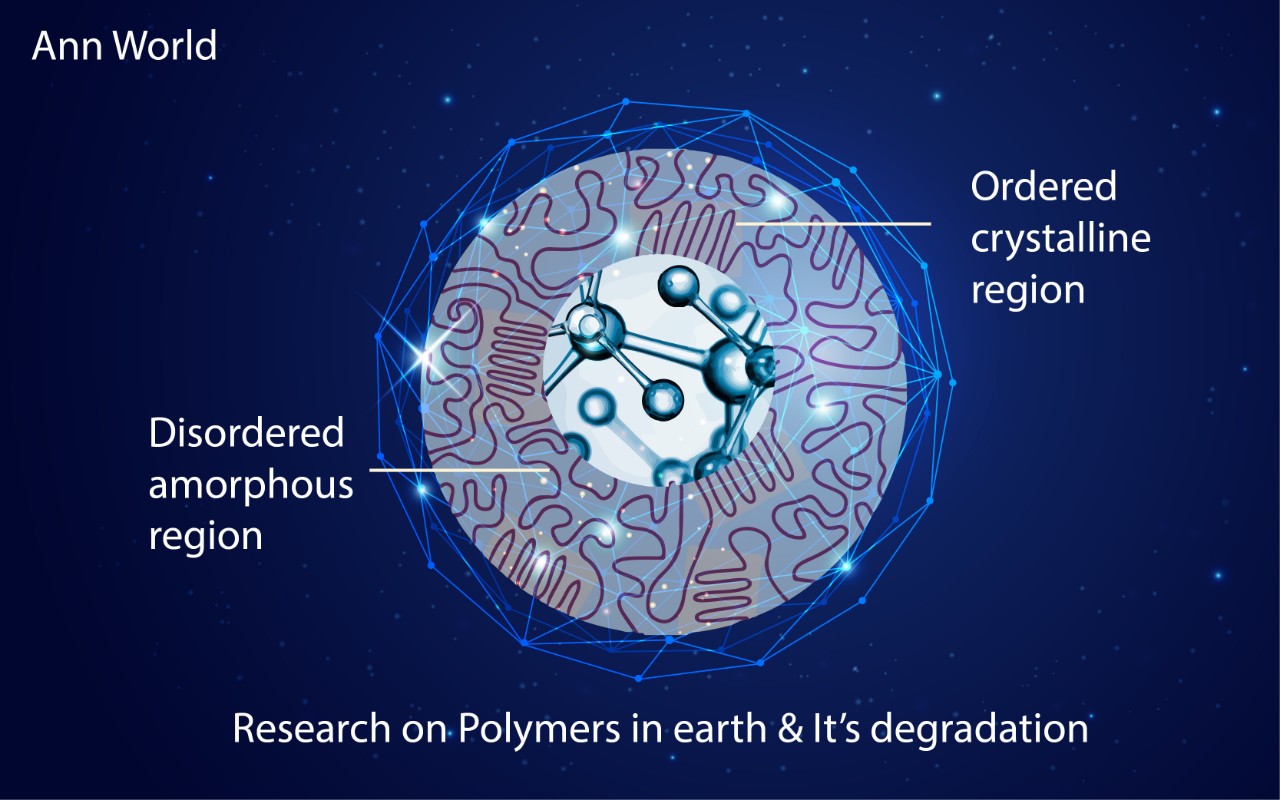Effect Of Global Warming On Infrastructure Is Alarming
Today, global warming caused by emission of green house gases is known to everyone. Greenhouse gases are relatively transparent to short-wave infrared radiation (such as heat from the sun), i.e., they allow sunlight to enter the atmosphere and heat earth’s surfaces. These surfaces then re-radiate the heat as long-wave infrared radiation, which greenhouse gases tend to absorb rather than transmit. Consequently, the long-wave infrared radiation is ‘trapped’ and heat accumulates in the atmosphere, causing a warming process.
In modern technology, various kinds of building materials are introduced considering cost-effective construction and durability. But, emission of increasing rate of greenhouse gases has a very close chemical reaction with all components in infrastructure. Perhaps, we ignore this effect as we just look at the temperature rising in Antarctica, which has recently been recorded at 200C for the first time: four glaciers are melting. As a result, bio diversity will be lost.
But, if we think of the effect of greenhouse gases in building and infrastructures, we will understand the result of chemical reaction between those increasing quantity of gases and all building components.
Buildings and Acid Rain: Acid rain, also known as acid deposition, is caused by emission of sulphur dioxide (SO2) and nitrogen oxides (NOx) from power plants, cars and factories.
Man-Made Materials: Although sunlight, heat, cold, and wind contribute to the deterioration
of man-made structures and objects, acid deposition speeds up this process. Metal structures and vehicles become corroded and concrete deteriorates faster when rain is acidic.
Protective polymer coatings like acrylic, among others used for external paint, cannot withstand the acid rain. Gradually, the effect increases. Further, external putty finish and paint are also affected. So, there is a need to introduce pertinent concept to establish new products.
The affect is alarming in the building industry. Acid rain deteriorates silicone-based sealant and silicone technology. Similarly, there are many other organic and inorganic materials used in building and infrastructure, which are severely affected by this reaction. So, advanced technology should consider the effect of green house gases.
Climate Factors
The buildings are designed, based on different climate conditions. There are different climate factors that must be considered in civil operations, building construction and building design. The most significant climate factors are as follows: weather temperature, soil temperature, angle and intensity of sunlight, relative humidity, direction and wind speed, rainfall and sunlight. These factors are not constant today due to global warming. Therefore, a great challenge is to design in the recent future, considering this effect. In fact, this has already shown impacts in many places; but, the root cause is not taken into consideration.
Further, climate factors cannot be reduced in these items. Rather, barometric pressure and such are also considered as climate factors, but they don’t play a big part in designing and civil operations. Perhaps, weather temperature is the most important climate factor affecting climate designing.
The intended dimensions in designing various points of a building and also the material in use are determined by the maximum and the minimum temperature of the region. Therefore, the quantity and quality for constructing a building are different, depending on the type of the region: tropical, cold and moderate. Glacial region would require taking special decisions on the choice of materials. In order to prevent energy dissipation in tropical and cold regions in summer and winter time, body insulation of the buildings must be considered whereas this issue might not be of priority in moderate regions.
Buildings, Roads, Etc. Must Be Designed For Future Climatic Conditions
Wetter winters, and sudden and heavy downpours make it more important to direct rainwater and melt water away from houses, paved areas, roads, etc. A milder climate reduces the durability of building materials and affects the indoor climate of buildings. Warmer summers introduce a greater need for cooling. Further, higher groundwater levels, higher water levels in streams and watercourses, and greater risk of storm surges along the coastline, make it pertinent to safeguard buildings against seepage and flooding.
Buildings
Buildings can be vulnerable to climate change. While in the future, there may be an increase in the risk of collapse, declining health and significant loss of value, , and as a result of more storms, snow or subsidence damage, water encroachment, deteriorating indoor climate and
reduced building lifetime; in the short term, stronger storms are the greatest challenge.
Storms will constitute a safety risk in those parts of existing buildings that do not meet the building code’s safety requirements. In the longer term, more and longer-lasting heat waves could have health-related consequences, especially for the elderly and weak, in nursing homes, for example.
Adapting Buildings To Climate Change
Adaptation in some places may be with regard to limiting snow-load and storm damage, as well as controlling indoor climate in particular. With respect to strengthening existing buildings, however, autonomous adaptation will be limited if owners are not familiar with weaknesses in the bearing elements of their buildings. Adaptation will only occur in new constructions, if standards are enhanced. As for counteracting consequences of heat waves, installation of air conditioning in existing buildings could be expected, along with a demand for buildings with more efficient indoor climate control.
It is the responsibility of individual building owners to see that applicable regulations are complied with, and it is also they who will seek solutions for satisfactory indoor climate. In the short term, there will be no changes in the laws pertaining to building safety under extreme weather conditions. For countering heat waves, the new regulations regarding the energy framework in the building code represent a step towards promoting solar screening and heat-deflecting windows, which will make it easier to regulate indoor climate.
For the time being, no measures are recommended for building extensions or renovation.
In the future, there may be a need to inform owners of existing buildings of the typical weaknesses in the bearing elements, with corresponding instructions on how to remedy them. Similarly, there may be a need for instructions on new building solutions to reduce indoor temperature extremes during heat waves, especially for vulnerable buildings. Finally, there may be a need to inform construction technicians of the recommende
Technical Comment
“Thank you for choosing such an interesting and authentic subject in regard to lifespan & performance of buildings and other civil engineering structures. Though you have covered most of the environmental factors and their remedies for sustainable development, yet some other relevant issues also need to be discussed which are as follows –
1. In today’s world, most buildings and structures are constructed with high grade concrete during production of which heat is generated (which is called heat of hydration of cement). This process also dissipates heat to the atmosphere. To address this issue, low heat cement for concreting can be used which reduces heat of hydration significantly.
- Water is a precious natural resource which is abundantly used in construction industry starting from steel & concrete production to curing of structures. But, we can reduce the use of water by using concrete made of low water cement mix & higher grade of chemical admixtures. Similarly, instead of using water, we can use curing compounds for curing of structures.
- Another important aspect is how to reduce use of wooden materials in various stages of construction. Nowadays, instead of wooden formworks, lot of other alternative materials (viz. steel, aluminium & PVC etc.) are available which are environment-friendly and can have more number of uses. In case of doors & windows also, such substitute materials are being used in place of wooden products.
- To avoid water and soil pollution, during pile foundation work, washing of bored piles can be done with soluble polymer compounds instead of bentonite which is not an environment-friendly product.
- To reduce the adverse impact of heat on buildings, lot of heat reflective roof tiles & external paints are available in market which after application can reduce the internal temperature significantly. Thus it helps in reduction of power consumption and also enhances the life of the building.
Many such alternative and environment-friendly construction materials & methods are nowadays available which can contribute significantly in reduction of adverse effects of environmental factors on buildings & structures. But if they are not made affordable, then we shall remain deprived of the benefits.”

Avijit Dutta
Deputy General Manager (Construction),
Shapoorji Pallonji And Co. Pvt.Ltd.
future-oriented design parameters, for example, concerning maximum snow load and wind speed, temperatures and durations of future heat waves and the maximum precipitation intensity a building should withstand.
The Roads Of The Future
New roads must be designed in accordance with future requirements. Investigations have therefore been launched to clarify on the method to update current guidelines for planning, constructing and managing roads.
Rain The Biggest Risk Factor
For the existing roads, the risk of more rain poses the greatest challenge. Surface water must be directed away from roads to ensure their durability, avoid aquaplaning and reduced pass ability for road users. Danish road authorities are therefore, currently looking at how road drainage systems may be adapted to future climate, both with regard to new construction and when managing existing infrastructure.
Ozone layer depletion causes increased Ultraviolet radiation at the earth’s surface. The materials, which are claimed as UV resistant, need to be redesigned, following the climate change.
In current design codes, the climatic loads are considered as a static load; but, the growing trend in wind velocity is also noticed. However, in the actual design, this possible trend caused by climate change will be considered. Further, another load impact related to climate is temperature load. Temperature difference in the cross- section cause stresses in the structure. As a consequence, an unknown expansion and contraction will affect the structure.
So, this is a very clear understanding of global warming impact on civil structures. Also, it is known that many researchers will definitely come up with a revised design of technology, considering rapid global warming.
To be continued in Part VII…





0 Comments